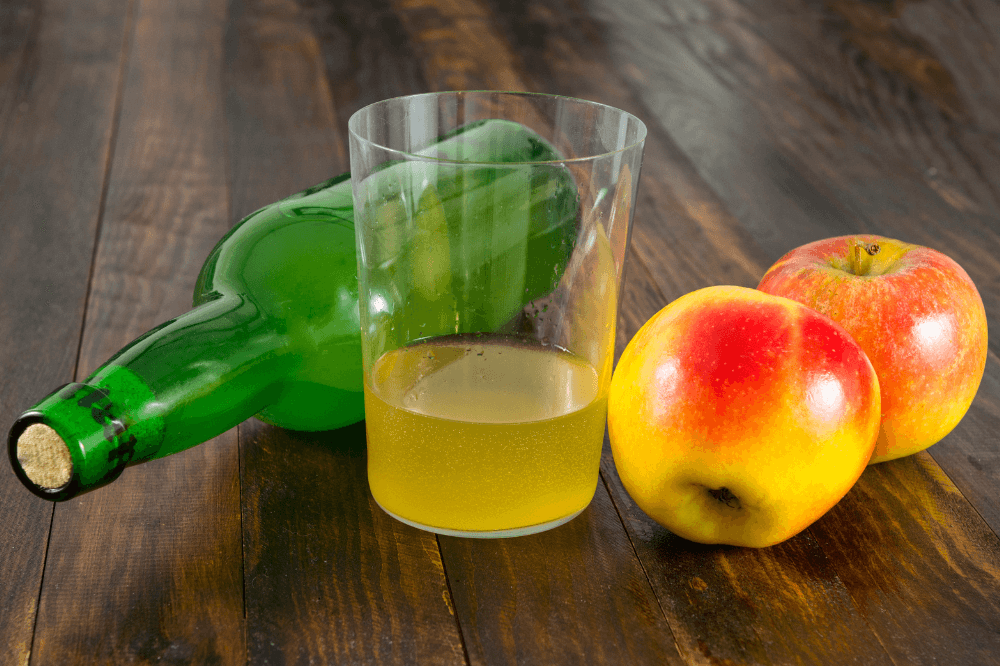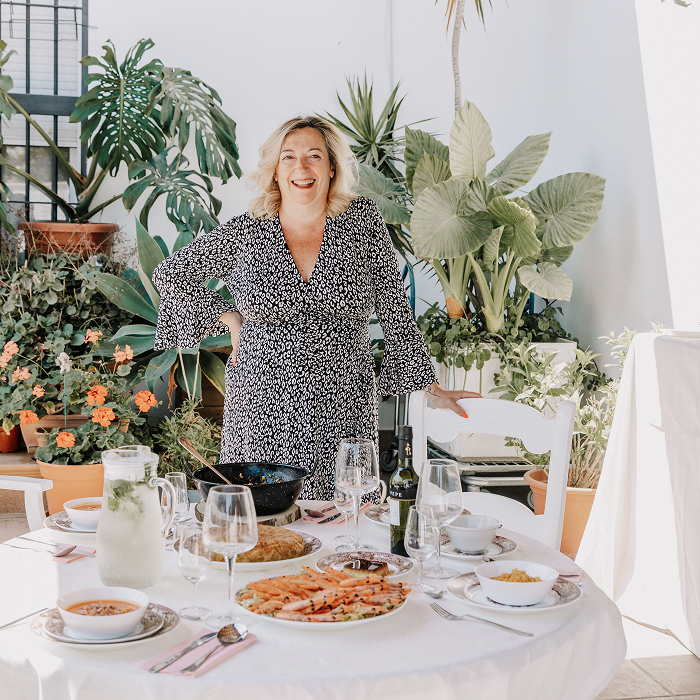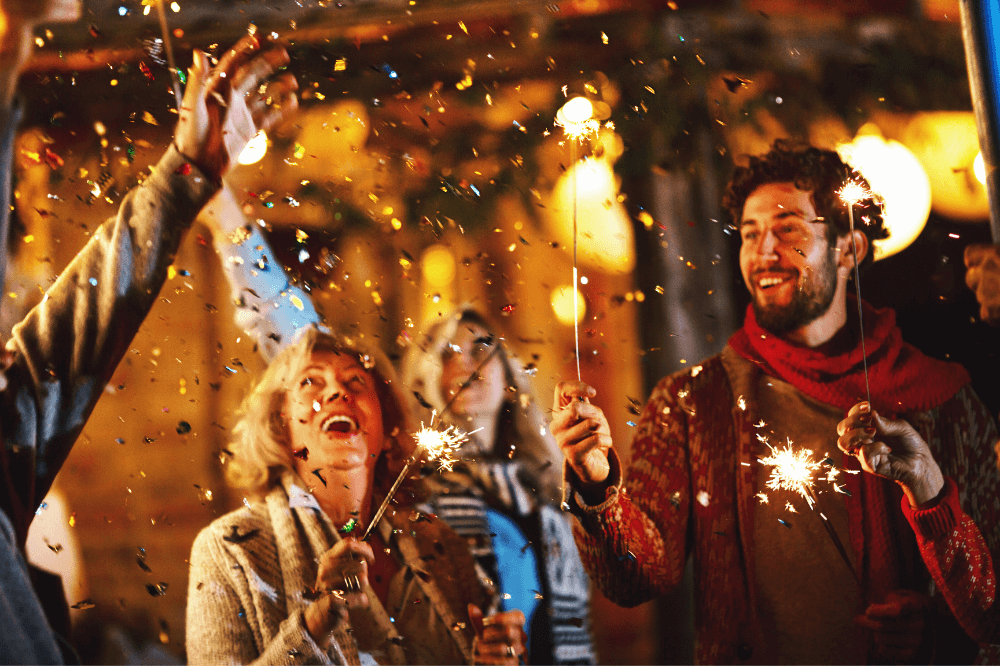Are you planning your adventure along the famous Cider Route but afraid of missing out on the authentic vibe only locals know?
Then stop searching.
We’ve distilled years of local experience to reveal, once and for all, how to enjoy this experience like a true sideru.
Keep reading and get ready to drink cider like a real Asturian.
What is the Cider Route in Asturias?
The first thing you need to know is that more than a single physical route marked with arrows (like the Camino de Santiago), the Cider Route is a cultural and gastronomic experience that immerses you in the heart of Asturian identity.
It revolves around what’s called the Comarca de la Sidra, a beautiful region in central-eastern Asturias (with towns like Nava, Villaviciosa, Colunga, among others), where you’ll visit:
- The pumaradas: these are the apple orchards. You’ll see where the raw material comes from, as traditional Asturian cider is made exclusively with local cider apples.
- The llagares: these are the cider presses or cider houses where apples are turned into cider. You can visit some and learn about the entire process, from crushing to fermentation.
- The sidrerías: this is where cider is drunk, shared, and enjoyed alongside delicious local food. Cities like Gijón and Oviedo (especially on Calle Gascona) have an incredible concentration of sidrerías.
So, the route is not just about drinking cider, it’s about understanding its history, how it’s made, and —most importantly— its connection to Asturian social life.
Explore our experiences with local cooks in Asturias.
Tips for the Cider Route
Since you’re visiting from outside and want to enjoy the experience to the fullest, here are some key tips, straight from the locals.
1. The Art of Escanciado
Asturian cider is called “natural” for a reason: it has no added carbonation.
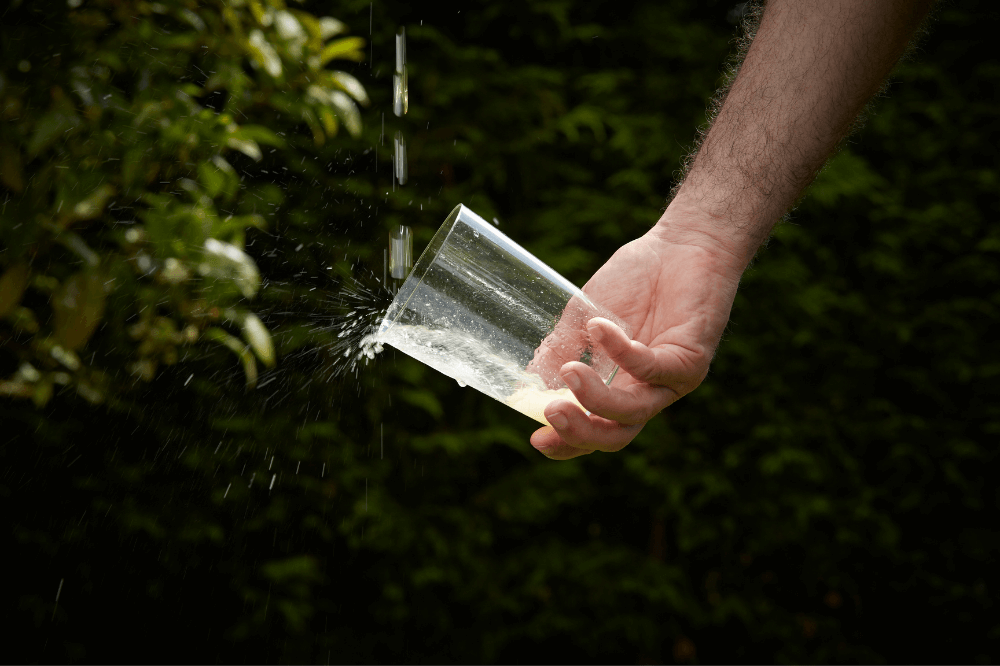
To release all its natural aromas and bubbles, it needs to be poured in a special way — known as escanciar.
This means pouring it from a bottle held above your head into a glass held low near the floor.
Tip: Don’t try to do this yourself at first — it’s harder than it looks, and you don’t want to waste your culín (the small portion served each time).
Always ask the server to pour it for you. It’s part of the service. But if you’re feeling bold, ask them to teach you — they’ll love that!
2. The Culín Rule and the Shared Glass
At a sidrería, you’ll be served a culín (about a finger’s width of cider) — and you’re expected to drink it in one go, not sip it slowly.
After drinking, leave a little in the bottom to rinse the part of the glass that touched your lips, and throw it into a special wooden trough or bucket.
This is for hygiene and to keep each culín fresh and clean.
Tip: When at a table with friends, the same glass is shared.
The server pours a culín for each person, passing the glass around. So don’t be surprised if you’re handed a glass someone else just used.
3. Food Is Half the Route
Cider is best enjoyed with good food — don’t just drink!
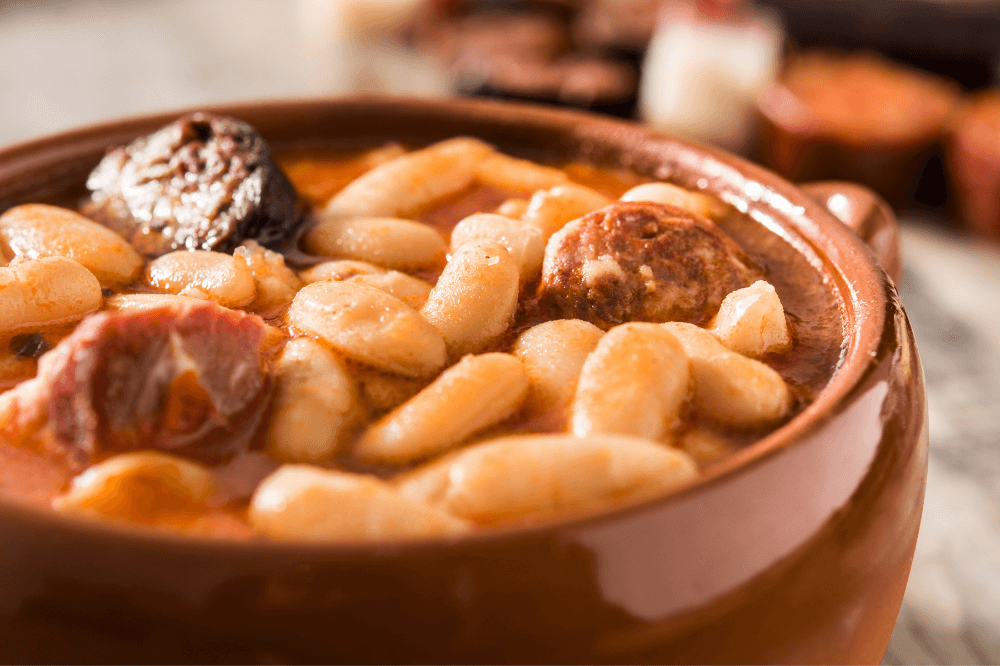
Tip: Don’t leave without trying Cachopo (breaded meat stuffed with ham and cheese), Fabada Asturiana (a hearty bean stew), or some fine Asturian cheeses like Cabrales.
Ask about a local espicha, which is an informal meal or dinner with shared dishes and lots of cider.
4. Visit a Llagar
Going to sidrerías is great, but if you want the full experience, go to the source.
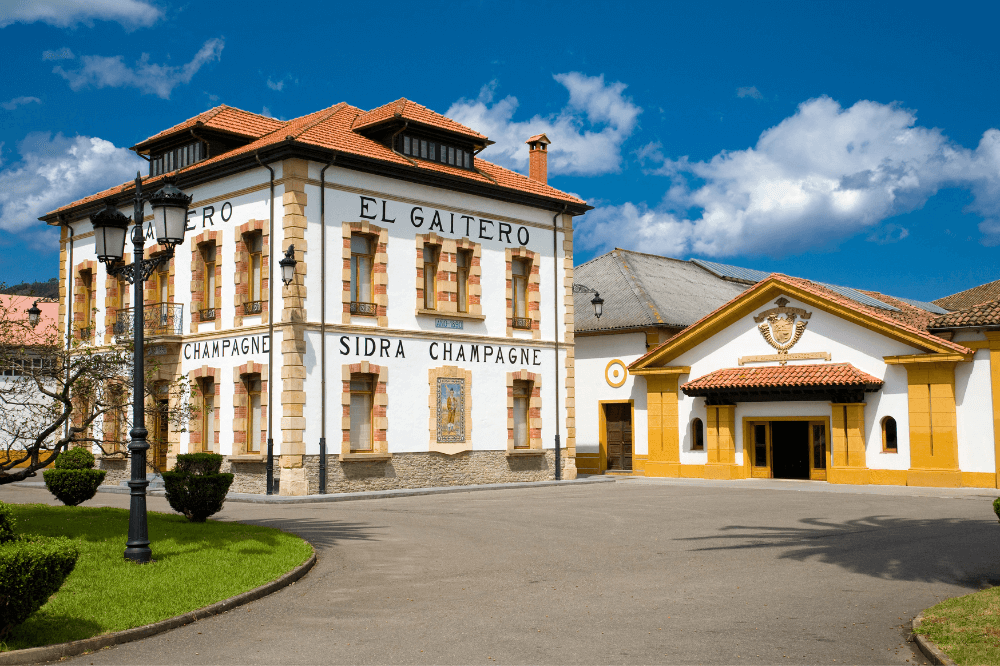
Tip: Visit a llagar (cider house) in the Comarca de la Sidra (Nava or Villaviciosa are great options).
Many offer guided tours where they explain the process and let you taste the cider. It’ll give you a much richer perspective..
5. Take It Easy with the Alcohol
Cider is light (around 5–6% alcohol), but it’s served quickly and continuously.
Tip: Enjoy the vibe and the flavor, but drink in moderation — especially if you’re driving afterward.
Remember, it’s meant to accompany long conversations and good meals, not to be chugged down.
Traditional Asturian menu with mountain views in a rural setting near the Picos de Europa
Where to Go for the Best Experience
Here’s where to focus your time to enjoy the best of the cider scene, whether you’re after a more urban setting or something more rural.
Cider in the Cities
If you’re after a more urban vibe and the convenience of many sidrerías in one place, head to the big cities.
In Oviedo, the capital, there’s a famous street called Calle Gascona — widely known as the Boulevard of Cider.
It’s a pedestrian street almost entirely dedicated to cider and Asturian cuisine.
The experience there is immersive: the constant sound of cider being poured, the scent of cider and traditional food, and people enjoying themselves on terraces — it’s a show in itself.
It’s the perfect place for dinner and a truly authentic evening.
In Gijón, the largest coastal city, the cider has a slightly saltier flavor.

The sidrerías are clustered around the old town — Cimadevilla — and near the marina.
The La Arena neighborhood also has a strong cider tradition.
Plus, Gijón offers the chance to pair your chigre experience (that’s what we call sidrerías) with a stroll along San Lorenzo Beach or the harbor..
Cider in the Countryside
To truly understand where cider comes from, you’ll need to leave the city and head into what we officially call the Comarca de la Sidra.
Nava is considered the cider capital par excellence.
It’s home to many llagares (cider houses) and also the Cider Museum — the ideal place to learn everything about how cider is made, from apple to glass.
It’s a must-visit for any foreign visitor who truly wants to go deeper.
Villaviciosa is another key town, known for its beautiful landscapes filled with pumaradas (apple orchards) that stretch all the way to the estuary.
If you’re looking for a traditional llagar that offers guided visits and shows you the entire production process, this is a fantastic choice.
Nearby, you’ll also find picture-perfect coastal villages like Tazones, and spectacular beaches like Rodiles.
The Most Frequently Asked Questions About Cider in Asturias
Here are the most common questions that foreign visitors tend to ask when exploring Asturias’ Cider Route.
What does Asturian cider taste like?
Local natural cider is dry and acidic — don’t expect a sweet flavor like the ciders from the UK or France.
Its acidity is refreshing and makes it perfect to pair with the rich flavors of Asturian cuisine.
The key is that there’s no added carbonation; the fizz comes only from the escanciado.
If you see a cider labeled “nueva expresión” or “ice cider”, that one will be sweeter — but the traditional one is dry.
If the server does the pouring, how do I ask for another glass?
Don’t worry about etiquette.
Once you finish your culín (that small pour), simply raise your empty glass or look at it and make a small gesture with your hand.
Servers are very attentive, and as soon as they see you, they’ll come over to pour the next round.
If you want to sound local, just call out a friendly “¡Échame!” (meaning “Pour me some!”).
Why do people share the same glass?
This is one of the biggest cultural surprises — but it’s tradition!
Cider is shared from a single glass per table as a symbol of community and connection.
Remember the tip: before passing the glass, leave a little cider in the bottom to rinse the part you drank from, and throw it into the trough or bucket.
That way, the glass is fresh and clean for the next person.
Do you have to tip in sidrerías?
Tipping is not mandatory in Spain.
People usually leave a little extra if the service was great, but you won’t feel pressured and no one will ask you for it.
Rounding up the bill or leaving a small amount is a kind gesture, but totally optional.
Can you drink cider with ice?
Please — don’t do it!
For Asturians, putting ice in natural cider is practically a gastronomic crime.
Cider should be served cool, but not ice-cold. Ice ruins the flavor, aroma, and the brief sparkle (espicha) that forms when it’s poured.
If you’re feeling hot, just ask for a chilled bottle — but skip the ice.
The Journey Continues at the Table
Cider is the soul of Asturias, but its true magic unfolds when it’s paired with the flavors passed down for generations by the women of this land.
That’s why we invite you to go one step further.
Book your unique experience with a local Sazón cook and turn your trip into a memory that tastes like home, like culture, and like the true hospitality of Asturias.
Your table is waiting!
Explore our experiences with local cooks.
